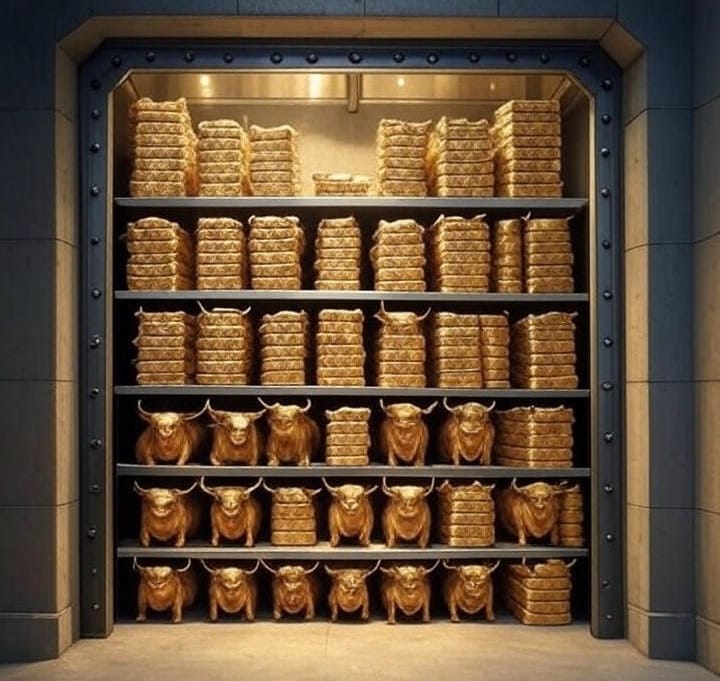
By Miika Makela | WBN News Global, WBN News, WBN News Vancouver, WBN Finance| May 23, 2025 |
Gold has always carried an aura of timeless value—an asset that holds its worth even as currencies rise and fall. But while retail investors and commodity traders often take the spotlight in gold markets, central banks play a far more influential—and quieter—role in shaping gold’s price. Through strategic purchases, policy decisions, and international coordination, these institutions have become some of the most important actors in the gold economy.
Why Do Central Banks Hold Gold?
For decades, gold has been a cornerstone of central bank reserves. While fiat currencies dominate day-to-day trade, gold serves as a hedge against inflation, currency devaluation, and financial instability. Unlike government bonds or foreign currencies, gold carries no counterparty risk—its value is intrinsic, not dependent on another nation’s ability to repay debt.
Central banks also hold gold as a geopolitical asset. In times of uncertainty—such as during wars, economic sanctions, or major financial crises—gold is a safe haven that governments can liquidate or use to bolster credibility.
Buying (and Rarely Selling) in Silence
One of the most significant ways central banks influence the gold price is through large-scale but low-profile purchases. Over the past decade, banks in emerging markets—such as China, Russia, Turkey, and India—have steadily increased their gold reserves. According to the World Gold Council, central banks collectively purchased over 1,000 tonnes of gold in 2022 alone—the highest in any year since 1950.
These purchases are often strategically timed and minimally publicized, so as not to create shockwaves in the market. For example, China’s central bank frequently reports gold acquisitions months after the purchases have been made. This “quiet accumulation” helps avoid panic buying or speculative surges that could drive up prices before their positions are secure.
Selling Gold: Rare but Impactful
While buying gold adds steady upward pressure to prices, central bank sales—though rare—can have the opposite effect. Historically, gold sales were more common in the 1990s and early 2000s, when countries like the UK and Switzerland sold off part of their reserves. However, after the 2008 financial crisis, attitudes shifted.
Today, central banks are net buyers, and even minor selling can spook markets. The psychological signal—suggesting a loss of confidence in gold—can trigger volatility. To avoid this, many countries follow international agreements, like the Central Bank Gold Agreement (CBGA), which historically set limits on how much gold could be sold annually.
Interest Rates and Currency Policy
Beyond buying and selling, central banks influence gold indirectly through interest rate decisions and currency management. Gold has an inverse relationship with interest rates: when rates are low, the opportunity cost of holding gold decreases, making it more attractive. When rates rise, gold becomes less appealing compared to yield-bearing assets like bonds.
For example, when the U.S. Federal Reserve signals higher rates, the U.S. dollar strengthens, and gold prices often dip. Conversely, when central banks cut rates or initiate quantitative easing, gold prices typically surge as investors seek protection from currency debasement.
A Strategic Silence
Central banks rarely make headlines for their gold strategies—but their actions speak volumes. Whether it's a discreet 100-tonne purchase by the People’s Bank of China or a pause in rate hikes by the European Central Bank, each move sends ripples through global markets.
In a financial world driven by algorithms, real-time news, and speculative sentiment, the slow and steady behavior of central banks provides a stabilizing force—one that continues to quietly shape the price of gold.
Miika Makela, CFA
https://www.linkedin.com/in/miika-makela-cfa-24aa056/
#Gold Market #Central Banks #Gold Investment #Monetary Policy #Global Economy #Gold Reserves




